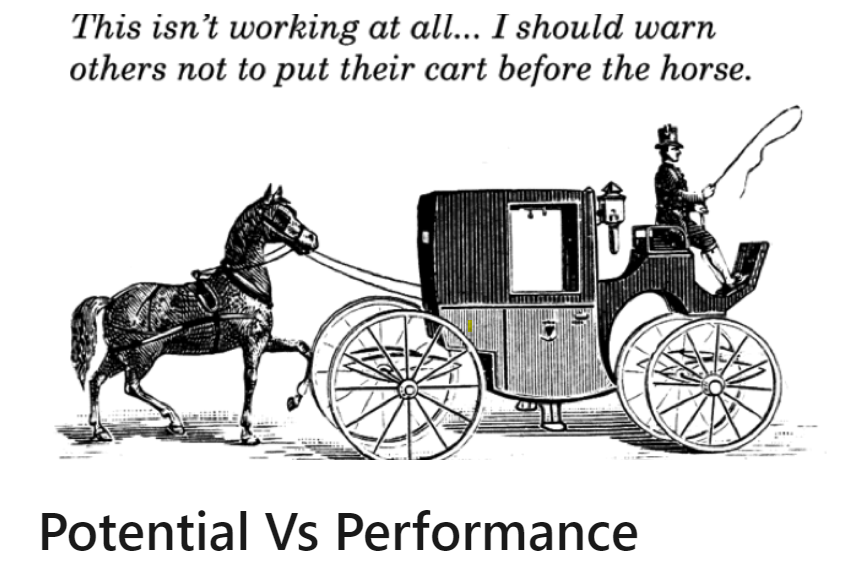By Kerry Pollock, CDIO, Wolf and Oak
Digital Transformation vs Process Improvement……….
Business Process Improvement (BPI) and Digital Transformation are both strategies aimed at improving business operations, but they approach the goal from different angles.
While Digital Transformation is crucial in today's technology-driven world, Business Process Improvement offers a more profound approach to achieving sustainable improvements by addressing the core processes and practices of an organisation, in advance of that journey.
In contexts where fundamental change is necessary, business process improvement can provide more substantial and long-lasting benefits compared to the often-incremental gains achieved through Digital Transformation when the cart is put before the horse!
Ten reasons why Wolf and Oak understand that business process improvement are considered much more beneficial than Digital Transformation in the first instance for SMB’s.
1. Fundamental Redesign
BPI: Focuses on fundamentally rethinking and radically redesigning business processes to achieve dramatic improvements in critical performance measures such as cost, quality, service, and speed.
Digital Transformation: Often involves implementing new digital technologies to improve existing processes, which might not address deeper inefficiencies, unless fully adopted, thus rarely generates the expected return.
2. Cost Efficiency
BPI: Can lead to significant cost reductions by eliminating unnecessary waste and optimizing resource utilization.
Digital Transformation: Normally require substantial investment in new technologies, which can be costly to implement and maintain.
3. Focus on Core Processes
BPI: Emphasizes understanding and improving the core processes that directly impact the business's value proposition.
Digital Transformation: Sometimes focuses more on technological advancements rather than the business processes.
4. Holistic Improvement
BPI: Encourages looking at the entire organization and making holistic improvements rather than piecemeal changes.
Digital Transformation: Often results in isolated improvements that do not address the root causes of inefficiencies across the organisation.
5. Employee Engagement
BPI: Involves employees at all levels in the redesign process, fostering a culture of continuous improvement and innovation.
Digital Transformation: Can be top-down, where employees might feel like they are being forced to adapt to new technologies without proper involvement or training.
6. Long-term Sustainability
BPI: Aims at creating long-term sustainable improvements by changing how the business operates.
Digital Transformation: Technological solutions can quickly become outdated, requiring ongoing investments to stay current.
7. Customization
BPI: Processes are redesigned to fit the unique needs of the business, ensuring that solutions are tailored and specific.
Digital Transformation: Often involves adopting off-the-shelf technologies that may not fully align with the specific needs of the business. Shoehorning a square to fit into a circle!
8. Flexibility and Adaptability
BPI: By focusing on process optimisation, organisations become more agile and better prepared to adapt to future changes and challenges.
Digital Transformation: Due to a sizeable investment, can often push businesses into specific technology ecosystems, limiting flexibility and adaptability.
9. Enhanced Customer Satisfaction
BPI: Directly targets process improvements that enhance customer satisfaction by improving service delivery and product quality.
Digital Transformation: While it can improve customer interfaces and experiences, it might not address underlying process issues that affect customer satisfaction.
10. Risk Management
BPI: By thoroughly analyzing and redesigning processes, potential risks and bottlenecks are identified and mitigated early.
Digital Transformation: The rapid adoption of new technologies can introduce new risks, such as cybersecurity threats and system incompatibilities, that need careful management.
For more information contact our Business & Digital Advisors at explore@wolfandoak.com
Wolf and Oak is a Digital and Business Advisory business incorporated in Ireland. Our core focus is simple, to do excellent work, assuring quality delivery for our clients, the first time, every time.

